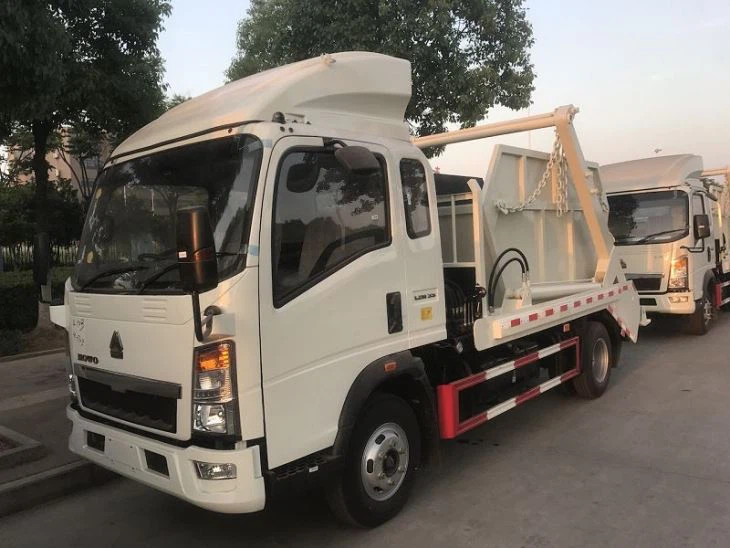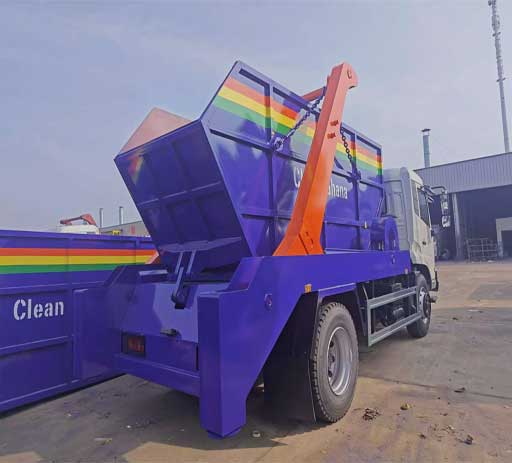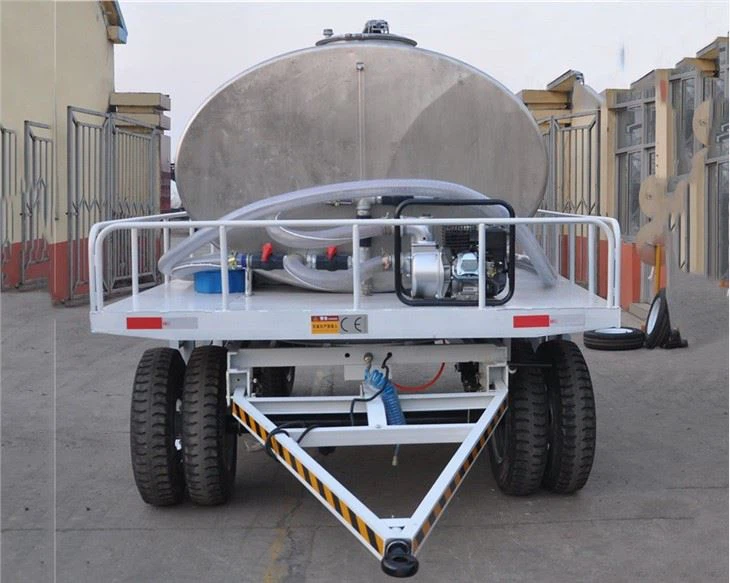Understanding Waste ASL: Practical Insights and Strategies

Introduction
Waste ASL (American Sign Language) refers to the signs and expressions used to discuss and address waste management effectively within the deaf community. As awareness of environmental issues continues to grow, it becomes increasingly vital to communicate the importance of waste reduction, recycling, and sustainable living. This comprehensive guide will explore waste ASL, its significance, and practical examples to ensure clear and effective communication about waste management practices.
What is Waste ASL?
Waste ASL encompasses the signs and terminology used to discuss various aspects of waste management in American Sign Language. This includes signs for recycling, composting, waste disposal, pollution, and other environmental concepts. By using waste ASL, individuals can engage in meaningful conversations about sustainability and environmental responsibility.

The Importance of Waste ASL
Waste ASL plays a crucial role in bridging communication gaps between the deaf community and environmental organizations. It fosters inclusivity by ensuring that information about waste management is accessible to all. Raising awareness regarding environmental issues through effective communication can lead to more informed choices and collective action towards sustainability.
Key Concepts in Waste ASL
1. Recycling
Recycling is a fundamental aspect of waste management. Knowing how to discuss recycling in ASL is essential for promoting its importance. The sign for recycling can vary by region but often involves a circular motion with the hands.
- Example: To demonstrate recycling, use the sign for “recycle,” where you make a circular motion with one hand while the other hand rests on top.
2. Composting
Composting is a natural process of recycling organic matter. Communicating about composting in ASL encourages sustainable practices.
- Example: For compost, use the sign for “earth” combined with the sign for “food.” By signing “earth food,” you’re indicating the idea of composting.
3. Waste Disposal
It’s important to discuss proper waste disposal methods to reduce harm to the environment. The sign for “trash” typically involves placing one hand in a fist shape and dropping it into the opposite hand, representing throwing something away.
4. Pollution
Pollution refers to the introduction of harmful substances into the environment. In ASL, pollution can be demonstrated by signing “dirty” followed by “air” or “water,” depending on the context.
- Example: Use the sign for “air” with a fist moving away from your mouth to indicate bad air quality.
Practical Examples and Tips for Using Waste ASL
1. Engage Your Community
Incorporate waste ASL into community events or workshops focused on sustainability. Utilize visual aids, such as handouts or posters, featuring key signs and their meanings.
2. Create Educational Materials
Develop brochures and digital content that include waste ASL signs to educate the deaf community about waste management practices. Visual representations can enhance understanding and retention.

3. Utilize Social Media
Share videos demonstrating waste ASL signs on platforms like Facebook and Instagram. Visual storytelling engages viewers and reinforces the importance of sustainability.
4. Collaborate with Local Organizations
Partner with environmental groups to create inclusive programs that focus on waste reduction and recycling, using waste ASL to bridge communication gaps.
5. Promote Inclusivity
Encourage the use of waste ASL in public service announcements and community meetings to promote inclusivity and ensure everyone has access to critical environmental information.
6. Host Workshops
Organize workshops where individuals can learn waste ASL signs in a friendly environment. This encourages participation and enables practical learning.
Incorporating Waste ASL in Schools
1. Curriculum Development
Integrate waste ASL into the science curriculum. Educators can teach students about environmental science while introducing them to important communication skills.
2. Student Projects
Encourage students to create projects or presentations focused on waste management. Incorporating waste ASL into their presentations can enhance their learning experience while promoting awareness.
3. Create Interactive Learning Spaces
Establish interactive spaces in schools where students can learn and practice waste ASL signs related to recycling, composting, and waste disposal.
The Role of Technology in Promoting Waste ASL
1. Mobile Apps
Develop mobile applications that teach users waste ASL signs through interactive lessons and quizzes. Gamified learning can enhance engagement and retention.

2. Online Courses and Workshops
Offer virtual workshops or webinars focusing on waste ASL, allowing participants from diverse backgrounds to learn and interact regardless of their location.
3. Video Demonstrations
Create and share video content that demonstrates waste ASL signs. These videos can be part of online campaigns or educational series focusing on sustainability.
Waste Management Strategies for Households
1. Reduce, Reuse, Recycle
The three Rs are fundamental in managing household waste. Educate family members about how to apply these principles daily.
- Example: For “reduce,” emphasize the importance of buying less or choosing products with minimal packaging.
2. Composting at Home
Establish a home composting system. Use visuals or signs to explain what can and cannot be composted, ensuring everyone is involved.
3. Proper Waste Segregation
Implement a waste segregation system using clear bins for recyclables, compost, and trash. Use waste ASL signs to label each bin accurately.
The Impact of Waste ASL on the Environment
1. Raising Awareness
Using waste ASL can significantly increase awareness about waste management within the deaf community. Engaging visuals and signs promote clearer understanding.
2. Encouraging Sustainable Practices
Effective communication through waste ASL encourages individuals to adopt sustainable practices and influences community behaviors towards cleaner environments.
3. Building a Community of Change
By promoting waste ASL, communities can cultivate a culture of environmental stewardship. Inclusivity ensures that all voices are heard, leading to more collective actions for a sustainable future.
Frequently Asked Questions (FAQ)
1. What is the importance of Waste ASL?
Waste ASL is crucial for communicating environmental issues to the deaf community, ensuring information is accessible and promoting inclusivity in sustainability practices.
2. How can I learn Waste ASL?
Learning waste ASL can be achieved through workshops, online resources, and practice with members of the deaf community. Utilizing social media for demonstrations can also help.
3. Are there any resources for teaching Waste ASL?
Yes, there are various resources available, including educational websites, mobile apps, and online courses focused on ASL and environmental education.
4. How does Waste ASL impact environmental communication?
Waste ASL enhances communication about environmental issues within the deaf community, fostering awareness and encouraging action towards sustainable practices.
5. Can I incorporate Waste ASL in my workplace?
Absolutely! Introducing Waste ASL in workplace training sessions ensures that all employees understand sustainability practices, fostering a more eco-friendly work environment.
6. What are practical steps for using Waste ASL in community events?
Practical steps include hosting workshops, creating educational materials, and using visual aids during presentations to share important waste management information effectively.
